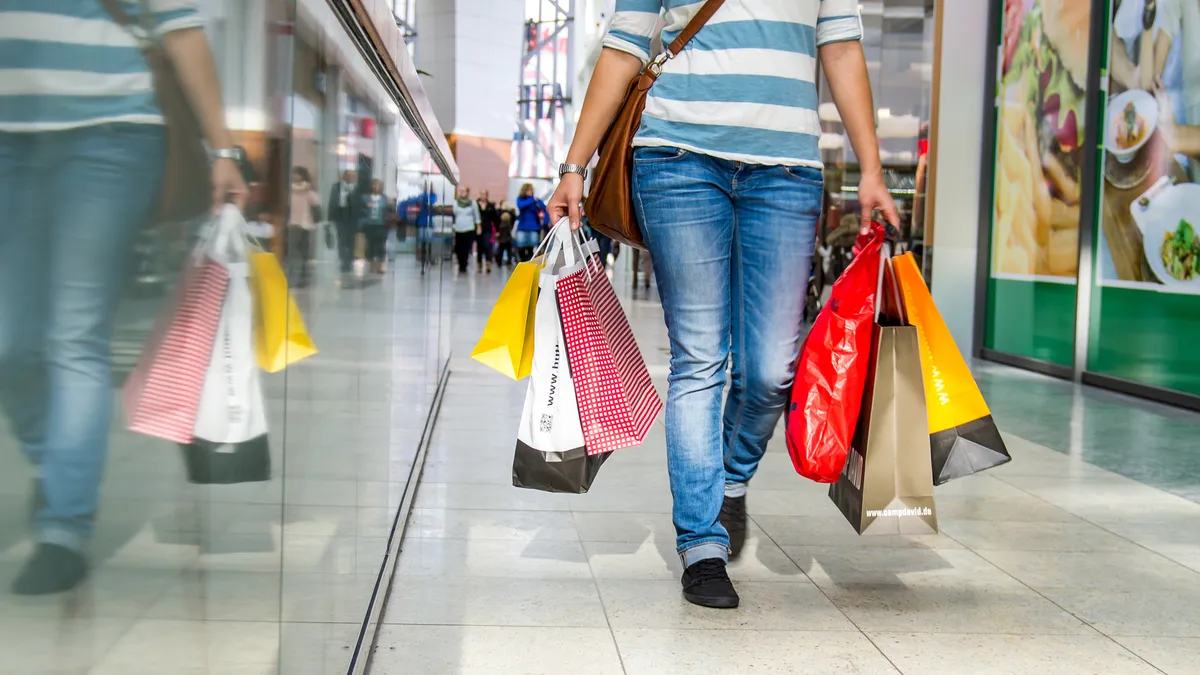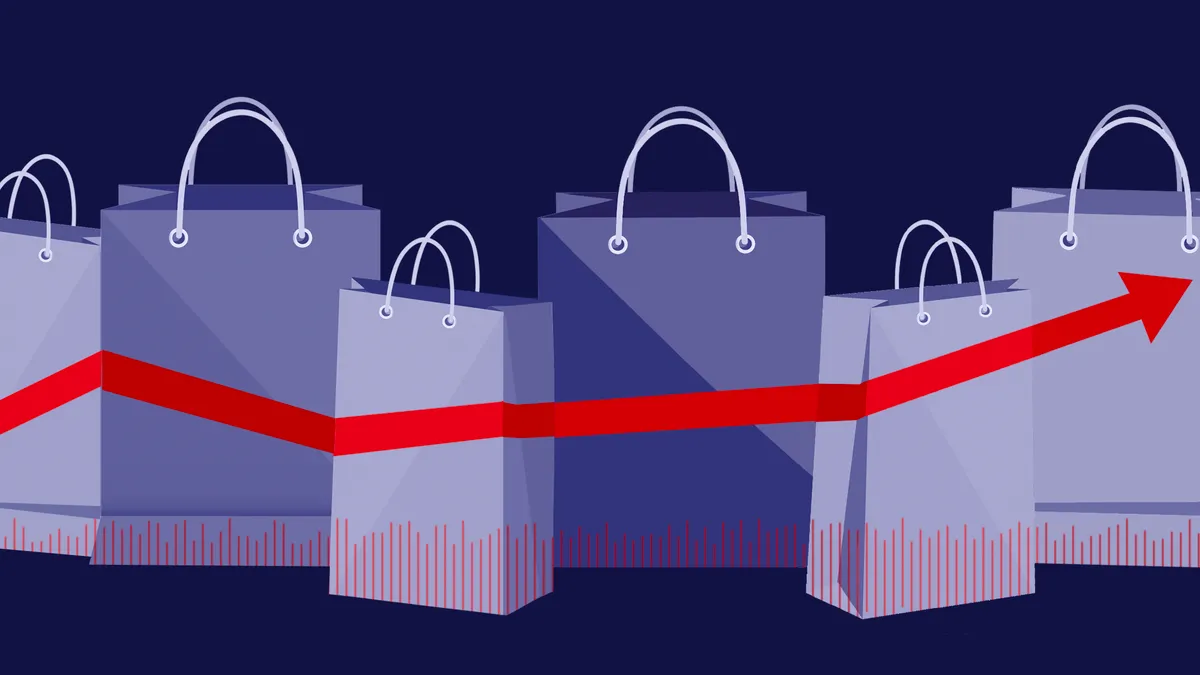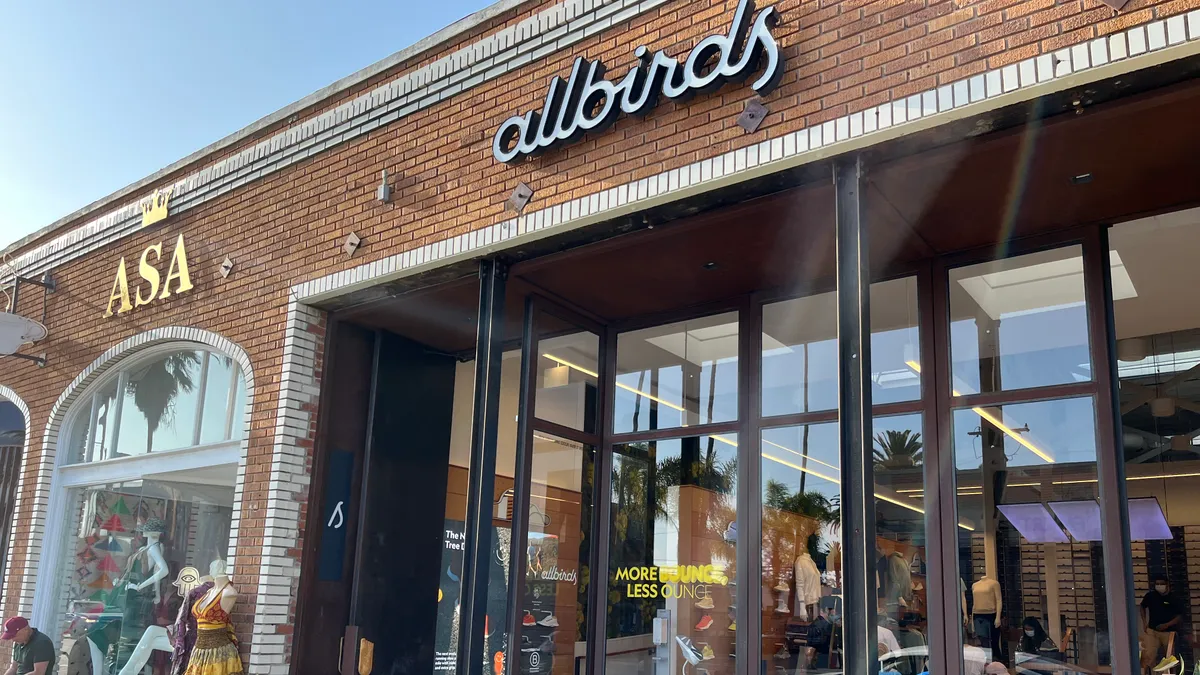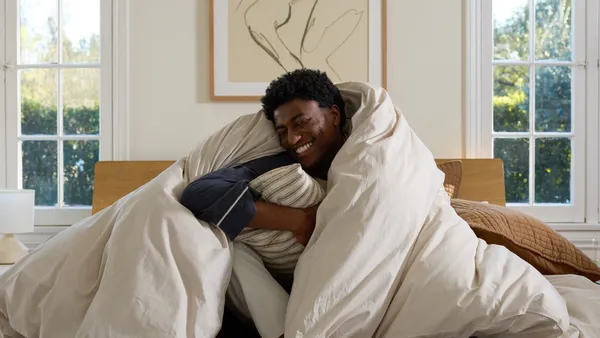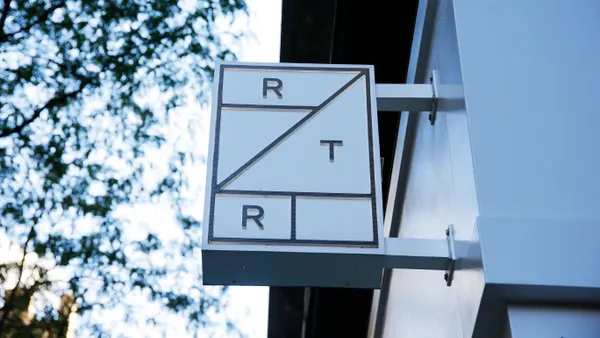No doubt you know the old cliché “the customer is always right.” And it’s likely proven true across many scenarios throughout your time in retail.
You can’t always say that about old sayings. (We’re looking at you “a watched pot never boils” and “only the good die young.”) But customers are always right. No matter what they’re doing, no matter how illogical or ill-advised, it’s the correct thing for them.
They may buy stuff that’s too expensive or too cheap. They may buy brands solely because a celebrity endorses them. They even buy food after the expiration date and clothes long after they’ve gone out of fashion. They may inconvenience you with endless questions and annoy you through complaints and petulance. But they’re still right. They’re the customer, and they want what they want. Woe onto any manufacturer or retailer who tries to argue with a customer.
This is a problem. Because being right isn’t the same as being loyal.
Customers–even your best customers– sometimes do business with your competitors. And you can’t follow those customers around all the time yelling, “No! That’s wrong,” whenever they stray.
But what if they were willing to tell you when they did business with your competitors? What if they shared all their shopping patterns with you, telling you everything they bought and from where?
In a world like that, you could learn to truly understand your customers and come up with a plan to keep them from ever leaving you again.
Well now you can.
Welcome to the world of Checkout Tracking.
One man’s trash
Here’s how it works. About two years ago, The NPD Group launched a series of programs in which we offer incentives to consumers who will show us their receipts. There was information–valuable information–in those scraps of paper. And we wanted to see them before they went into the garbage can.
Today more than 50,000 people photograph their receipts and send them to us every month. Another 2 million people share their electronic receipts with our technology partner Slice. This gives us access to detailed, item-level data about individual consumers across stores, across all retail segments, covering both online and brick/mortar, and over time.
Just think about that for a second: transaction level detail across all retailers, across all channels and all time, at the individual buyer level.
The result is a new, extraordinarily deep look at how actual customers actually behave.
As we’ve begun sharing this information with clients, one thing has become clear; some consumer behavior is a bit unexpected:
- There’s the 22-year-old woman full of contradictions: she started the day buying fresh produce at a supermarket chain; then drove a few miles to a fast-food restaurant for lunch; stopped to buy vitamins at the local drugstore; visited an amusement park; and then ate dinner in another fast-food restaurant.
- There’s the 43-year-old Mom who embodies the omnichannel: she’s a voracious shopper of today, making purchases at 47 different brick and mortar retailers over nine months, and still spending 7% of her dollars online.
When we created clusters based on recurring behaviors among consumers, we found connections that seem counterintuitive (surprisingly, we found people who frequent Whole Foods are more likely to shop at Costco for example).
As The NPD Group and our clients examined the data closely, the hard-to-comprehend nature of even the most loyal customers became apparent.
- A convenience-store chain found that its food customers were also regulars at nearby QSR establishments, over indexing at nearly all the major chains. (But these same C-store and QSR regulars shunned fast-casual restaurants).
- An online retailer looked at its best apparel shoppers and found it had a 17% share of wallet. Its most important shoppers were spending more money on clothes at rivals!
...is another man’s treasure
Once you know what your customers do after they leave your store, you’re in a better position to change what they do including:
- measure the ROI on promotions and sales, and then tweak them to boost performance
- pivot pricing strategies in real time during pre-holiday shopping peaks
- conduct a deep dive into the buying patterns of Hispanic consumers.
So here’s the thing.
Customers are mysterious, fickle, and always right. But with the right data, you can predict and change their behavior until it’s “right” for you too.
Want to learn more? Check out this video on how Checkout Tracking works.

